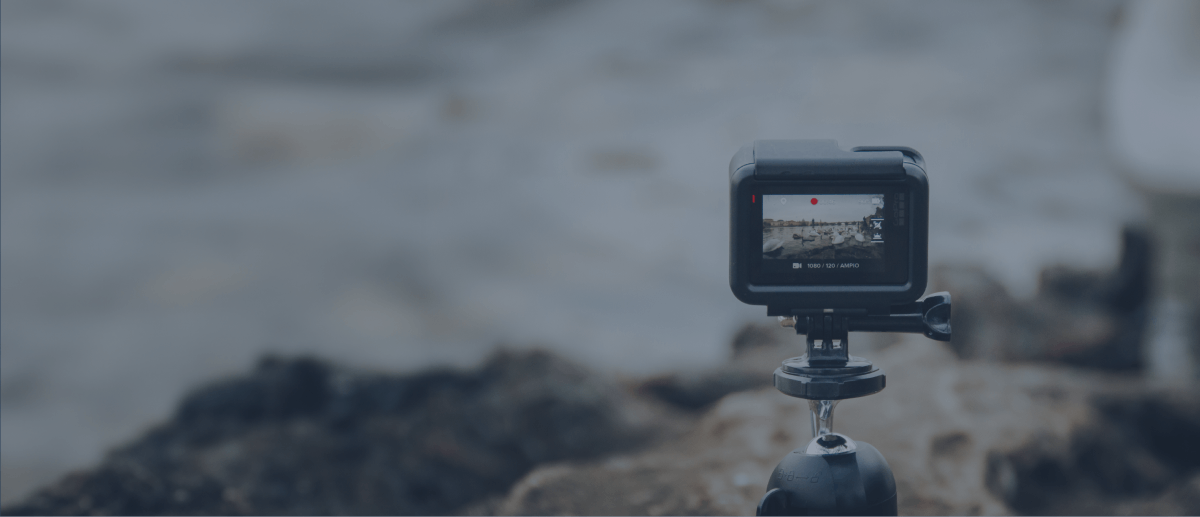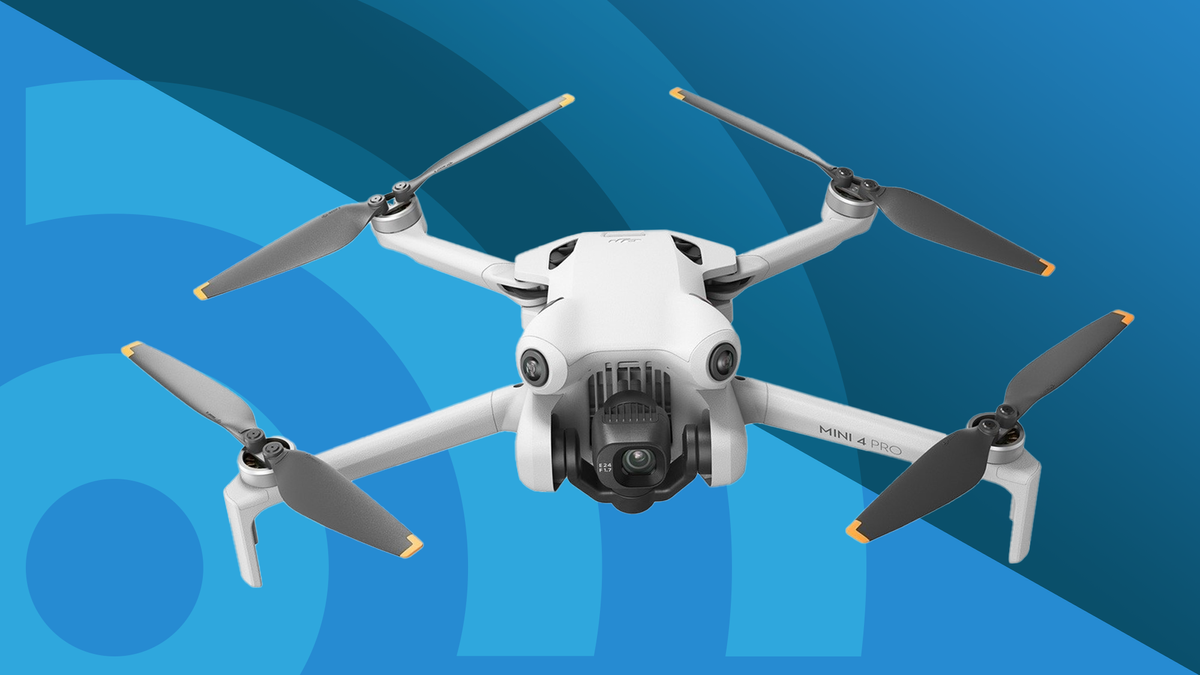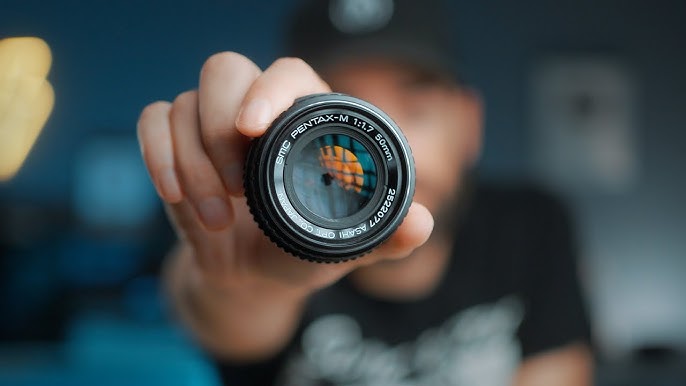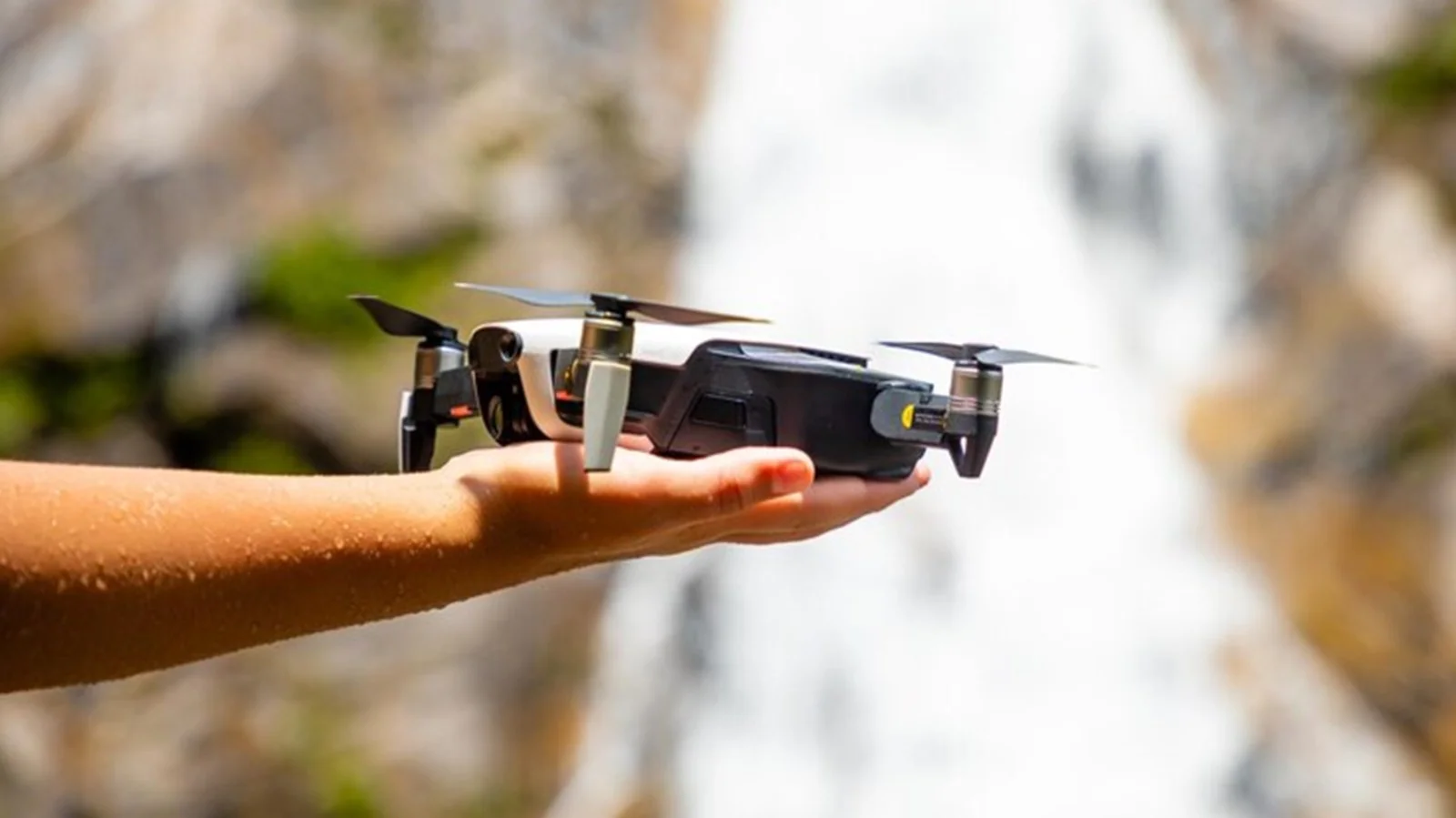Aerial photography has evolved tremendously with the advent of drones, offering photographers the chance to capture breathtaking views from the sky.
Among the various factors that influence the quality of aerial imagery, one of the most critical is the sensor size of the camera on the drone.
In this article, we’ll delve into the fascinating world of sensor size and its profound impact on aerial photography.
Understanding Sensor Size
In the context of drone cameras, the sensor size refers to the physical dimensions of the image sensor that captures light and turns it into digital photographs. Sensor sizes are typically measured in millimeters and can vary widely among different drone models.
Sensor Size and Image Quality
The sensor size plays a pivotal role in determining the overall image quality in aerial photography. Here’s how it influences the final result:
- Low-Light Performance: Larger sensors are more proficient at capturing light, which makes them excel in low-light conditions. This results in less noise and better image quality during dawn, dusk, or cloudy days.
- Dynamic Range: The sensor’s dynamic range measures its ability to capture details in both dark and bright areas of a scene. Bigger sensors tend to have a wider dynamic range, preserving more details in challenging lighting situations.
- Depth of Field Control: Sensor size affects the depth of field in your photos. Larger sensors allow for a shallower depth of field, creating a pleasing background blur (bokeh) that can make subjects pop.
- Overall Detail: Larger sensors can capture more detail and produce sharper images with greater clarity. This becomes especially important when you want to zoom in or crop your aerial shots during post-processing.
Popular Sensor Sizes in Drone Photography
- 1/2.3-inch Sensors: Commonly found in consumer-grade drones, these sensors offer decent image quality and are suitable for general aerial photography. They are cost-effective and lightweight but may struggle in low light.
- 1-inch Sensors: Drones equipped with 1-inch sensors have gained popularity for their ability to deliver higher image quality, better low-light performance, and increased dynamic range.
- Micro Four Thirds Sensors: Larger than 1-inch sensors, Micro Four Thirds sensors are often found in professional-grade drones. They offer exceptional image quality, dynamic range, and control over depth of field.
- APS-C and Full-Frame Sensors: Some specialized drones feature APS-C or full-frame sensors, offering unparalleled image quality and creative possibilities. These sensors rival the quality of ground-based professional cameras.
Choosing the Right Sensor Size
The choice of sensor size should align with your specific aerial photography goals and budget:
- Casual Aerial Photography: Smaller sensors may suffice for hobbyists or those looking for budget-friendly options.
- Professional Work: Enthusiasts and professionals seeking top-notch image quality, especially in challenging lighting conditions, should opt for drones with larger sensors.
- Creative Control: If you desire greater control over depth of field and background blur, larger sensors are the way to go.
Conclusion
Understanding the significance of sensor size in aerial photography empowers photographers to make informed decisions when choosing a drone.
It allows them to harness the potential of their equipment to capture stunning, high-quality images from the skies, whether for personal enjoyment, professional projects, or artistic pursuits.
Ultimately, the right sensor size can elevate your aerial photography to new heights.









Leave a Reply